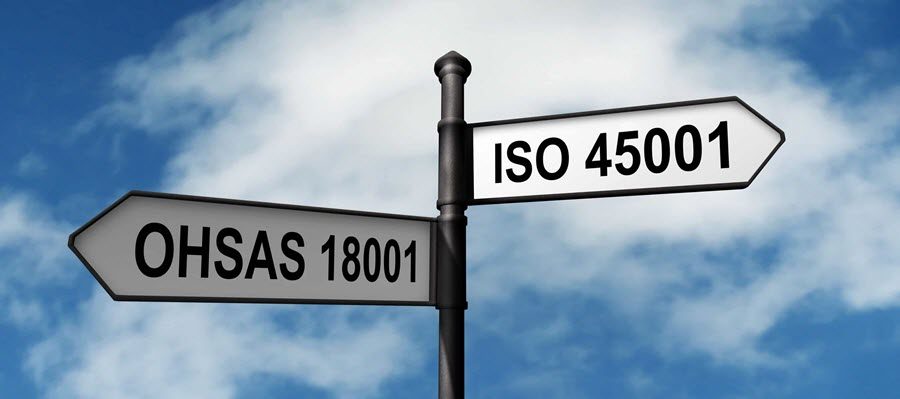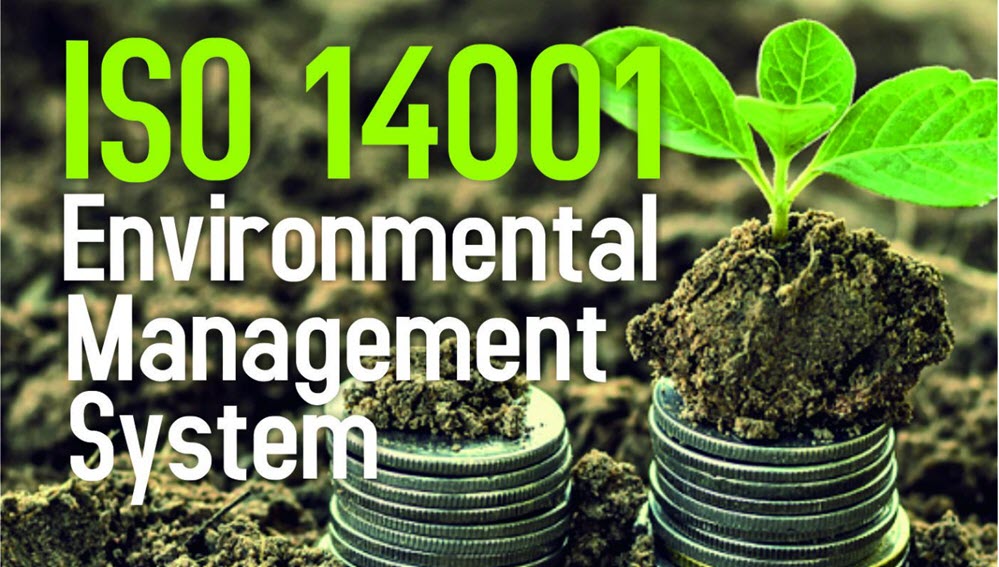EQMS Blog

ISO 45001 Transition From OHSAS 18001
In the current era, the global trade has been increased which presents new challenges in the context of health and safety in particular. These challenges have compelled the need for an OH&S (Operational Health & Safety) management system standard with international recognition. This allow for global benchmarking and to increase health and safety measures compliance in the workplace. Therefore, an international standard has been developed by ISO that will be relevant to all organizations irrespective of their size, segment or locality. In order to raise international uniformity and make workplaces safer and healthier for all, ISO 45001 was published in March 2018. With the publication of ISO 45001:2018 it has been made clear that OHSAS 18001 will be withdrawn and there will be a migration period of three years from the publication date. As a result of this all organisations has to conduct a ISO 45001 transition from OHSAS 18001 prior to the deadline.
Steps for ISO 45001 Transition
For transition purposes there are different steps but some steps are highly recommended if an organization wants to have an effective and efficient ISO 45001 transition from the old OHSAS 18001 standard.
- The first step is to define the organization. Now this is a new requirement and that’s why it needs special consideration as it delivers the foundations for our new Occupational Health and Safety Management System (OH&SMS). A lot of other standards call for defining the context as well, however each standard has its different scope and the information about the context can also vary. For instance, in the ISO 9001 those issues are covered that are associated with the product quality and customer satisfaction. Even though there are different scopes in standards, the similar practice can be used for the context definition. The case is that we will evaluate only the different issues for this purpose.
- The second step is to make a list all interested parties. Yes it fits in to the similar clause as Context of the organization, but it is new and must be considered cautiously. By listing all interested parties and recognizing their expectations the organization will be in a better position to modify its strategic direction.
- The third step is to analyze the scope of the OH&SMS. The period of transition is a good opportunity to ponder upon our present scope of the OH&SMS. It is also important because the integrity of our Occupational Health and Safety Management System depends on it to a great extent.
- The fourth step is the demonstration of our leadership. There are same requirements to those for commitment of management in the former version, and more stress on the leadership can be observed in the new version. Leadership can be demonstrated by means of taking responsibility for the OH&SMS, offering resources, and creating a Policy of OH&S along with the objectives.
- The fifth step is to align OH&S objectives with the strategy of the organization. It must be kept in mind that our OH&SMS must be attuned with the company’s strategic direction, and the objectives should target in the similar direction as other organizational activities. Moreover, in ISO 45001 one of the requirements is to form the plans in order to meet the objectives.
- The sixth step is to evaluate our risks and opportunities. The risks and opportunities of the organization must be considered according to the new standard. They emphasize on the organization’s potential to accomplish planned outcomes, nevertheless on other components of the system as well, for instance organization context, compliance of obligations, and work-related health and safety threats. The organization needs to create plans when the risks and opportunities are recognized so they can be addressed accordingly.
- The seventh step is to classify and assess OH&S hazards. In order to reassess organization’s work-related health and safety hazards, the ISO 45001 transition is a great opportunity. We don’t see too many changes in the new standard, however it is a good chance to analyze the effectiveness of the present controls and implement desirable improvements.
- The eighth step is to establish the compliance obligations. A condition for acting in accordance with the legal and regulatory requirements was included in OHSAS 18001. However, the new standard covers interested parties and their needs and anticipations as well to be considered as compliance obligations.
- Last but not the least, the ninth step is controlling of the documented information. This is a new term which includes both procedures as well as records. In addition to aligning our previous practices to the new clause numbers, the transition process must be utilized for improving our current documentation. In the present scenario, it is quite evident that organizations have more freedom now in determining how to file and manage their documented information. In majority of cases, one of the options is to use e-documentation for avoiding the paper form.
I you are looking to implement ISO 45001 or transition from OHSAS 18001, then contact us for a free consultation on how we can support with the project.

Request a free consultation
Contact us to discuss your needs and see how we can support to reach your goal.

Recent posts

In today's digital age, businesses are constantly exposed to various cyber threats. As a result, companies must adopt a proactive approach to cybersecurity to prevent data breaches, theft, and other...

Quality management systems are essential in ensuring that organisations can deliver quality products and services consistently. The International Organisation for Standardization (ISO) developed the ISO 9001 standard to help organisations...

ISO 14001 is a globally recognised standard for environmental management systems (EMS) that helps organisations manage their environmental impact and improve their sustainability performance. Obtaining this certification demonstrates a company's...
Just a Few of Our Clients
Request a Free Consultation
Contact us to discuss your needs and see how we can support to reach your goal.















